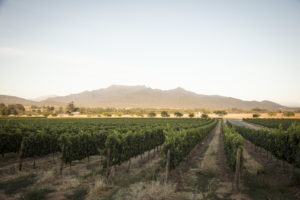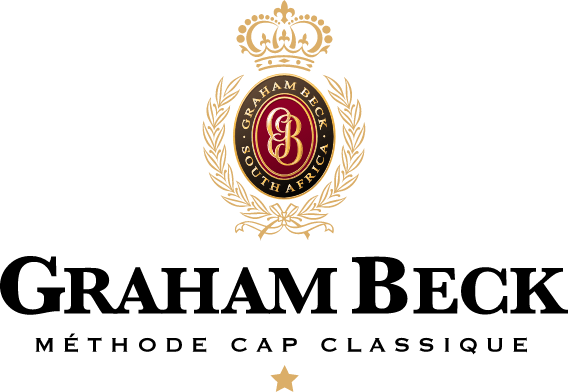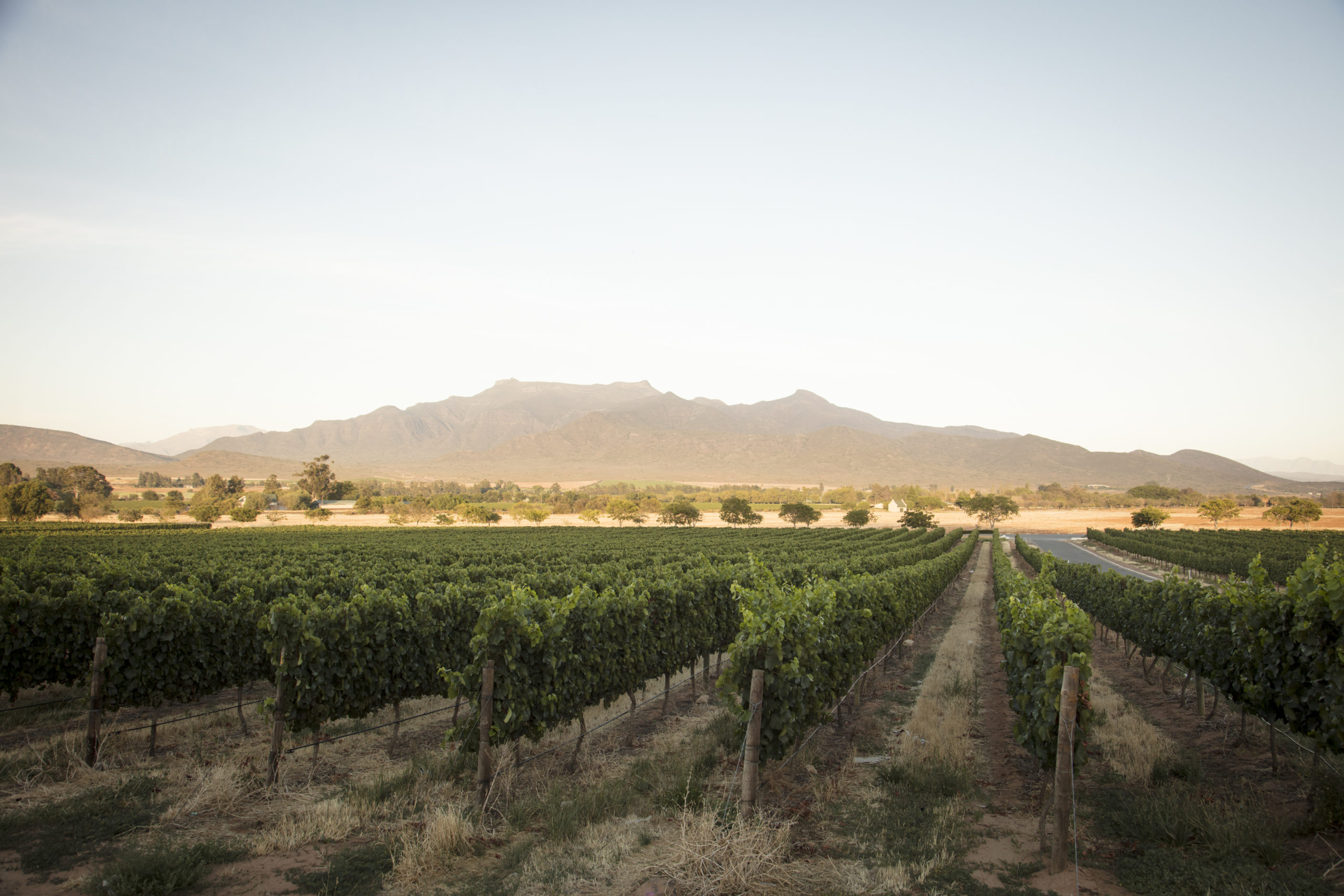What’s the Difference Between Champagne, Prosecco and Sparkling Wine?
Think of ‘sparkling wine’ as the main way to describe a bubbly wine. If it has bubbles, it’s sparkling wine. Champagne and Prosecco are both sparkling wines. If you’re unsure what to call the bubbly you’re drinking, ‘sparkling wine’ is fail-safe.
Luckily, no matter what you call it, bubbles can enhance any occasion. But while it’s easy to substitute one name for the other, there are distinct differences between Champagne, Prosecco, and sparkling wine. Here’s everything you need to know to distinguish between the three in terms of where they are from, how they are made, and how this impacts the quality and price of what you get.

The Magic in the Making
There are multiple ways to add bubbles to each bottle. Depending on how it is made, these are the three main ways of creating a sparkling wine:
1) The Traditional Method
Also called the Champagne Method, this method transforms still wine into a sparkling wine entirely inside the bottle. In a nutshell, grapes are picked and fermented into still wine, then yeast and sugars are added to the wine (now called a cuvée) to start the second fermentation as it is bottled. A by-product of the second fermentation (where the yeast turns the sugar into alcohol) is carbon dioxide. As the trapped carbon dioxide gas has nowhere to escape (being trapped in the bottle), it carbonates the liquid to form the trademark bubbles we all know and love.
This is the costliest and complicated method in terms of production. It is also the most prized, as it encourages subtle flavors to develop thanks to extended time on the lees (the dead yeast cells in the bottle that impart a brioche flavor). That’s why bubblies made in this way such as Champagne come with higher price tags.
2) The Tank Method
Sometimes referred to as the ‘Charmat Method’, the second fermentation takes place in a sealed tank rather than in a bottle. The main advantage of the tank method is that it reduces production costs considerably, as you don’t need as many bottles, floor space and can do larger lots. However, there are no shortcuts in winemaking, and so the general quality of tank method bubbly is considered to be lower and is more popular with mass-produced sparkling wines.
3) Carbonation
Similar to producing a soft drink like Coca-Cola, the carbonation method is where carbon dioxide is simply injected into the wine (think soda-stream style!). It puts bubbles in but does not otherwise alter the wine. This is the cheapest method of all and is not considered to be a method that is capable of producing quality wine.
Love learning about bubbly?
Join our mailing list!
Champagne
For a bottle of wine to be categorized as Champagne, it must come from the northern Champagne region of France. This is because all sparkling wines made in Champagne are governed by strict regulations, where only certain grapes and winemaking techniques are allowed.
Champagne is produced from the grape varieties Chardonnay, Pinot Noir, and Pinot Meunier. While most typically think of Champagne as white in color, both Pinot Noir and Pinot Meunier are both red grapes. It is through the magic of the Champagne process that the wine becomes crystal-clear white. Typically these grapes are blended together and contribute unique characteristics to the overall structure, aroma, and flavor of the wine.
With your average bottle starting at $40 and easily ranging into the $200+ category for top-shelf, Champagne is definitely the most expensive sparkling wine on the market. This is partially thanks to the traditional production method used to make it – aptly called the Champagne Method.
This method is more time-intensive and requires more labor meaning it is more expensive to make. The brand of ‘Champagne’ is also what adds to the final price tag you see on shelves. According to the history books, Champagne was invented in 1693 by a French monk who went by the name of Dom Perignon. Thanks to centuries of heritage and just plain good marketing, Champagne is perceived as a luxury product that can command higher prices.
Prosecco
Prosecco is a sparkling wine from Italy. But just like Champagne, for a bottle of wine to be categorized as Prosecco, it must come from the Veneto region of Italy. The name comes from a small Italian village called Prosecco, where the wine was invented and the region is protected under European law. But unlike Champagne, Prosecco is made mainly from a grape variety called Glera. It is also produced using the “Tank Method” – a cheaper alternative to the traditional, labor-intensive Champagne Method.
It is also far more affordable, with any entry-level Prosecco costing about $15. While there are high-end offerings, Prosecco is an affordable bubbly thanks to its cost-effective production method. Thanks to this, it has practically flown off shelves in recent years.
Cap Classique | The Perfect Inbetween
If you’re on the hunt for the affordability of Prosecco but the quality of Champagne, we have an insider tip for you! Cap Classique is made in the exact same way as Champagne, but costs a fraction of the price! At about $22 a bottle, this makes Cap Classique one of the best value sparkling wines on the market.
Made in the traditional Champagne method, Cap Classique is South Africa’s version of Champagne. This means secondary fermentation takes place inside the bottle. At present, about 2.5 million bottles are being made each year. Compared with Champagne’s 400 million bottle production, Cap Classique is still a pretty niche product. Don’t write it off though! This is the hottest new sparkling wine that is growing in popularity – particularly here in the US. Wine drinkers love it for its quality aromas and flavors. Plus, price-wise, it offers a value-driven alternative to its European counterparts.
For over three generations, Graham Beck has been the pioneering leader in the production of the award-winning Cap Classique. The bubbly has even made auspicious appearances at both Nelson Mandela’s inauguration and Barack Obama’s presidential win. Now that’s bottle appeal.
In a nutshell, these are the main differences between Champagne, Prosecco, and sparkling wine. If it feels confusing, don’t worry! All these bubbles guarantee a good time – no matter the occasion! This said, if you’re that person searching for the next greatest thing to share with your friends, then Graham Beck Cap Classique is for you!

